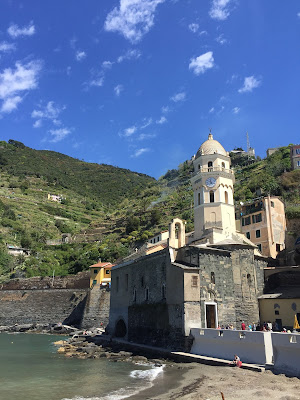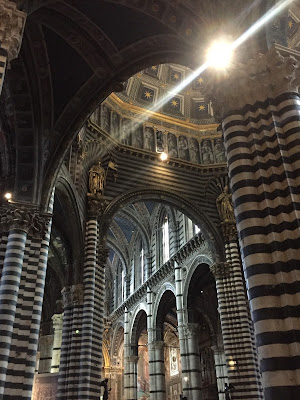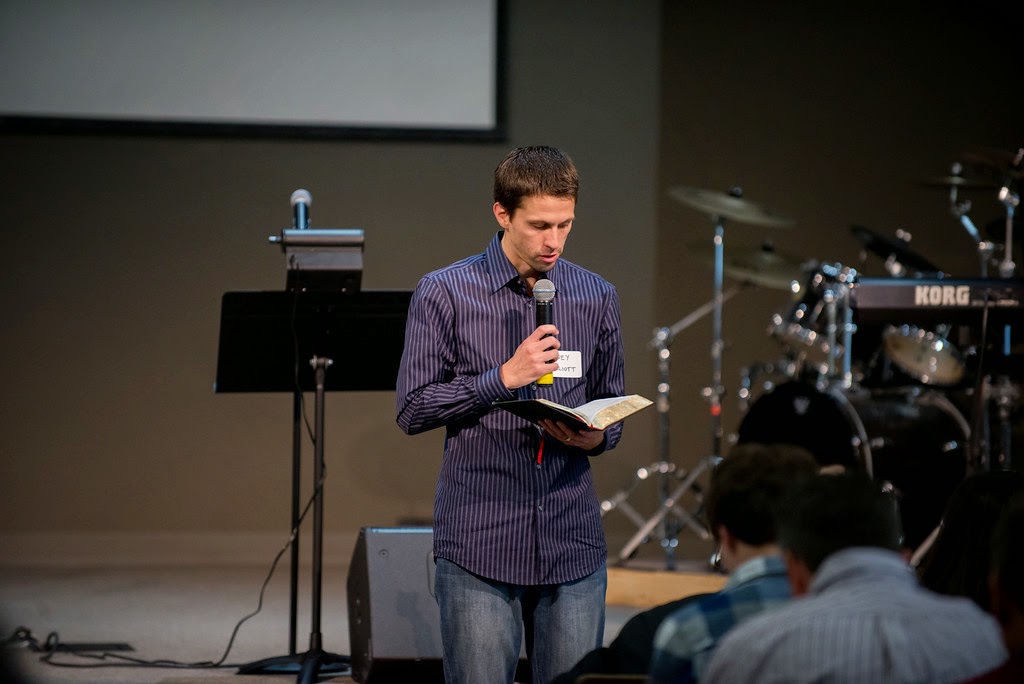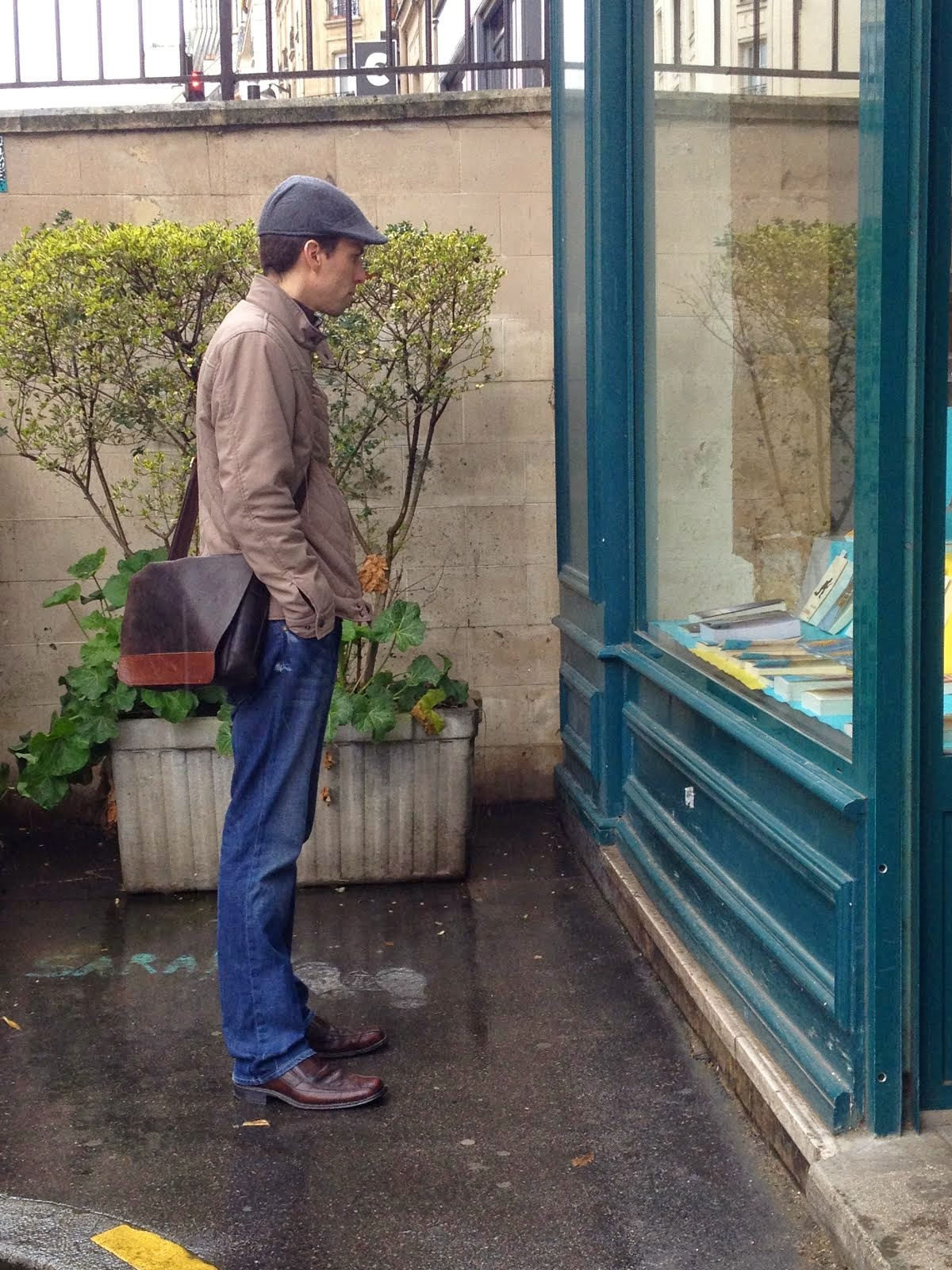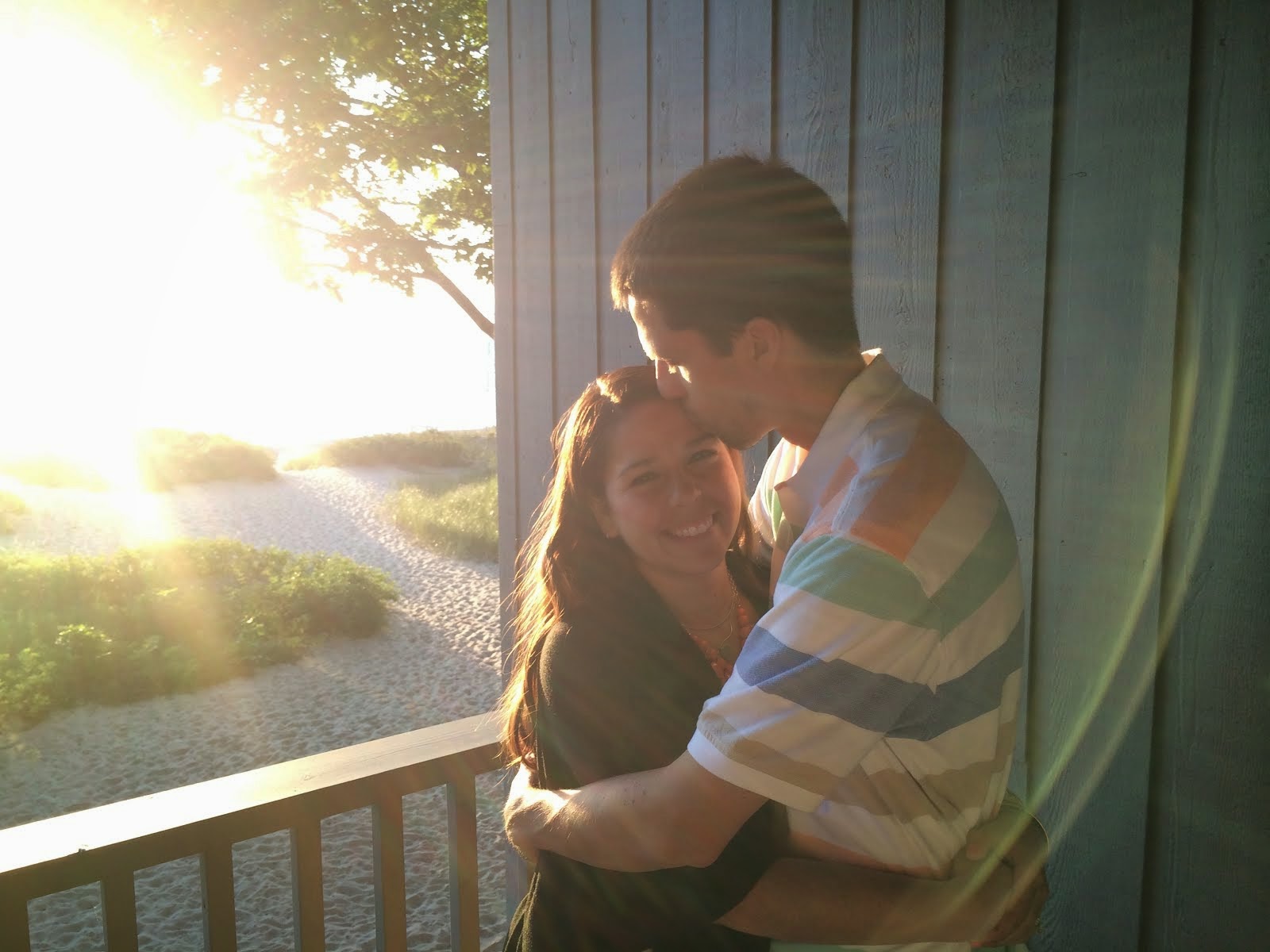Thus begins my attempt to capture our wonderful trip to Italy. At the outset I must admit I feel inadequate for such a task. Actually, I think it will be easier for everyone if my wife and I just head back there and leave this recap until later. Ciao!
Alas, not yet.
Here is my plan: one post on each city or town we visited. In some cases I will be defining city or town the way that is convenient. For example, Cinque Terre is five towns, but I will cover in one post. Also, I am going to combine Tuscany in general with San Gimignano, which is a little confusing at this juncture. I will explain. I guess we are looking at seven posts:
1. Rome
2. Siena
3. Tuscany and San Gimignano
4. Pisa
5. Cinque Terre
6. Florence
7. Venice
First up, Rome! Oh goodness.
Rome is beautiful. Rome is chaotic. Rome is overwhelming. Rome is a historical wonderland. Rome is really old. Rome is worth the hype. There is no place like Rome. From my experience (only 3 days!), here are three things to do when in Rome.
WHEN IN ROME, LEAN INTO HISTORY.
Some of the awesome things are obvious. Some need spontaneity. For example, on our first day, after essentially flying through the night (because of the time change) we hit the ground running upon arriving. Our main goal was to walk by and see the Spanish Steps (they were closed) and the Trevi Fountain (which is kind of a mob scene). In between we stumbled into two lesser known churches that on the inside looked like this:


The inside included masterpiece works of art covering the entire ceiling and walls, carefully inside the solid gold trim and intricate sculptures everywhere. Already on the first day, I felt like both a productive tourist and also an energized history buff anxious to learn more about what I just saw; the paintings, the buildings, the saints who have worshiped there over the centuries. That is, I think, the only way to experience a place like Rome. Oh, and not to forget heart-shaped pizza and a calzone the size of your head for lunch in a small little place that does pasta-making classes in the middle of the day for public viewing. That too.
The history of Rome is fairly simple, but also very extensive, mostly because it is so old. Basically, it started on a hill when two guys were born from a she-wolf or something. Then this fella named Caesar inadvertently turned an otherwise peaceful republic into an empire that ruled the civilized world with force. Eventually, the influence of Christianity, first through the life, death and resurrection of Jesus Christ, then through the ministry of the apostles like Peter and Paul who were ultimately martyred there, and then through the influence of the Emperor Constantine who established Christianity as the religion of the empire, resulted in the "conquering" of the pagan world. That only gets us to about 400 A.D. Like every other empire since creation, eventually it fell.
The rest is history. Well, the other stuff was history too, but my point is that history goes deep and wide, and even though you can say the history of a place was this or that, the truth is that there is so much history in that place you can hardly tell it all at once. So I won't try. Visiting Rome enlarged my perspective on the depth, complexity, and age of history, and I hope in the end led me more towards the who of history and not the what. Which is Jesus Christ. And in Italy, Jesus is everywhere. It is interesting to think of how present he is in places it appears not so, and sadly how absent he may be in places where he is used as the main decoration.
For example, the Pantheon. Walking around a quiet street corner after enjoying a cappuccino and cafe americano Italian style, at one of the coolest cafes in the world, and seeing a building that is 2,000 years old is as it sounds. Surreal.
What originally was a pagan temple is now a functioning church. Can you imagine having a church service in a building that was built in the 2nd century? One of the oldest man-made structures on the planet that is still standing is a place where God is worshiped regularly to this day. Remarkable.
Then, there is the Colosseum. I really enjoyed this place. We did it right: walked by it first, admired the size and the scale and smiled at the masses in line, then bought our tickets at the less-crowded Palatine Hill and backtracked through the Roman Forum, stopped for a perfect lunch, visited a couple more churches (perhaps the two best on our entire trip to Italy), and then finally entered the Colosseum after the mid-day crowds had moved on. The whole sequence before, during, and after our journey through "Ancient Rome" for us was extremely relaxing and reflective.
The Colosseum is probably the most popular tourist site in Rome, maybe the world. It is featured in blockbuster movies. Still, it really is as cool as they say. What seems to be lacking from the popularity though is the significance of this place in Christian history. Think of how many times the heavens opened around this arena to receive into glory those who spilled their blood for the sake of the Name.
The presence and influence of Jesus and the Christian church is everywhere. I fear this is too commonplace to be experienced as it should. Though in some cases the posture of people visiting is extremely encouraging. Sometimes, the authenticity of certain artifacts or relics is questionable (more about that in Venice), but the approach to them is still very respectful and I think honoring to God.
Think of it: are these really the steps that Jesus ascended while on trial with Pontius Pilate, brought to Rome in the 4th century by St. Helena, mother of the Emperor Constantine? These devout pilgrims or tourists are climbing them on their knees one at a time:
What does the Almighty God think of this famous Arch commemorating the siege and "spoils" of Jerusalem by Emperor Titus in the 1st century (can you see the menorah)?
Where are these saints sculpted on the top of the beautiful Basilica di San Giovanni in Laterano pointing?
Rome is truly a historical wonderland. I venture to guess that the most brilliant historian is like a first grader in the context of such history, most of which points directly to Jesus.
WHEN IN ROME, GO TO TRASTEVERE.
Here is what happened. The first day, as I said, we planned a few touristy things, and our goal was to explore and relax. The second day was for Ancient Rome. It went perfect; I wouldn't have changed a thing. Our final day in Rome was reserved for Vatican City in the morning and early afternoon, and then down to Trastevere for the evening and dinner. Long story short, we spent our time at the Vatican Museums which were amazing. Especially the Sistine Chapel. Our plan to get into St. Peter's Basilica failed. Disappointed, we pressed on and found a homemade pasta to-go place (delicious and cheap!), and then made the final decision to avoid the mob inside St. Peter's Square, and head down early to this quaint little neighborhood I had heard so much about. Best. Decision. Ever. After a beautiful walk along the Tiber River, we sat outside, had some vino, and watched the world go by. Then we headed into the Basilica of Santa Maria in Trastevere and just sat, read the Bible, and relaxed. At some point we stopped for some gelato and affogato. Finally, we walked around and happily got lost on the cobblestone streets; all before settling in for a local dinner. It was fabulous.



What I'm trying to say is, when you go to Rome you have to go to Trastevere. It is where Roman culture is at its best, it is where (presumably) the earliest Christians settled, and it is delightful in every sense of the word.
WHEN IN ROME, EAT CARBONARA. AND OTHER THINGS.
A recap of any place in Italy is not complete without a description of the cuisine. I went with a desire to specifically have carbonara - a Roman classic with pasta, eggs, pancetta, and black pepper. Funny story: here in the States I prefer it with peas, though I didn't used to like peas. As it turns out, the classic Roman dish does not include peas. How about that. Another funny story: the only place I got carbonara for my main course (I had some of Katie's another time) was on the last night. While ordering, the owner/chef called my bluff on getting a full order. After ordering a huge spread of mussels, charceturie, and caprese salad for our first course and Katie's main (cantaloupe was included in there somewhere), I wanted the carbonara. She said, "That's going to be a lot of food." I thought to myself, "Isn't this Italy?" But before a final decision was made, they put together two tables for us to accommodate the initial spread. Then, not until we had every bite consumed of our other items did she ask again if I truly wanted a full order of her famous carbonara. I said, in partial defeat, "No, just the half. Thanks."
But there is more than carbonara in Rome. While good, this last meal I described was not my best. The milk-braised veal after homemade papperdelle with asparagus and pancetta was hard to top (Katie had the papperdelle bolognese as pictured below). Artichokes were in season, so even on the side that made one meal . And when in Rome, never underestimate the quick places that offer homemade pasta to-go for 3-4 euros (as an example) or the fresh croissants at classy coffee shops. Really, everything everywhere is good. Take a look!
Next up, Siena; a smaller town in Tuscany well worth at least a day trip (even in the rain).







